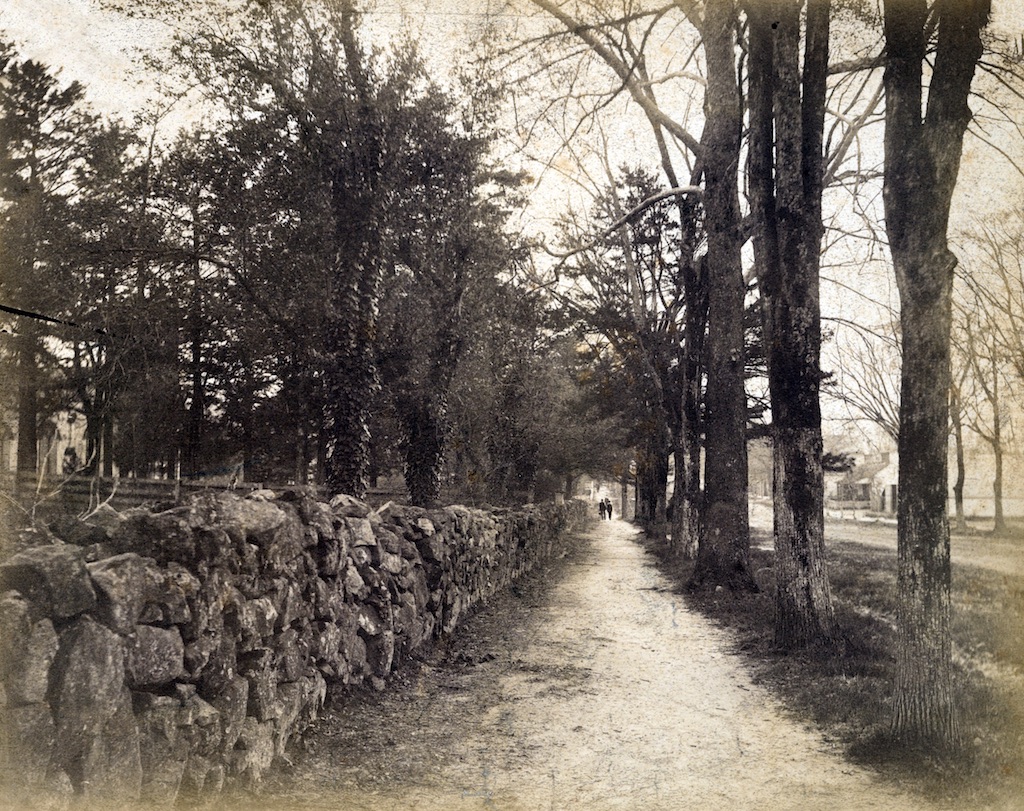Stone walls
Geology professor Elisha Mitchell is credited with bringing the distinctive stone walls to the university campus. Serving double duty as faculty member and university bursar, Mitchell was charged with enclosing the campus, partly as a means of defining the boundaries of the university, but also to keep neighboring livestock from straying onto the college grounds. He was inspired by the long-lasting rock walls in his native Connecticut. Mitchell was also trying to save the university money by using the many rocks excavated during campus and town construction. Mitchell used enslaved laborers to build the walls, for which he was later reimbursed by the UNC Board of Trustees.
The original rock walls were dry stacked, relying on the artistry of the masons to find ways to fit the irregular rocks into a solid and sturdy pattern. Later walls, including those built today, use mortar to hold the rocks in place. As the university and town grew, a number of Chapel Hill African American masons built and maintained the walls, including brothers Alfred David and Willis Barbee and brothers Thomas and Lewis Booth. Examples of some of the original walls can still be found along Raleigh Street near the Coker Arboretum and the President's House.

This view of Franklin Street, ca. 1892, shows the stone walls along McCorkle Place, then much higher than they are now. Kemp Battle Photograph Album, North Carolina Collection Photo Archives, Wilson Library.

